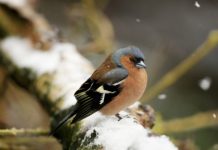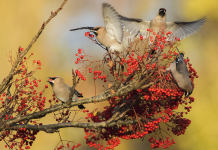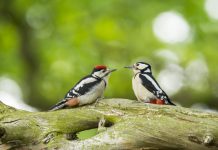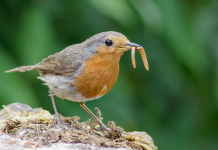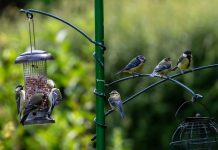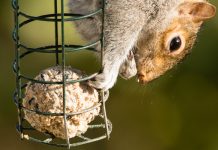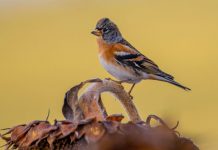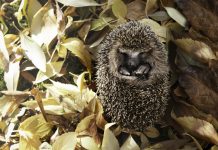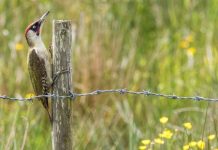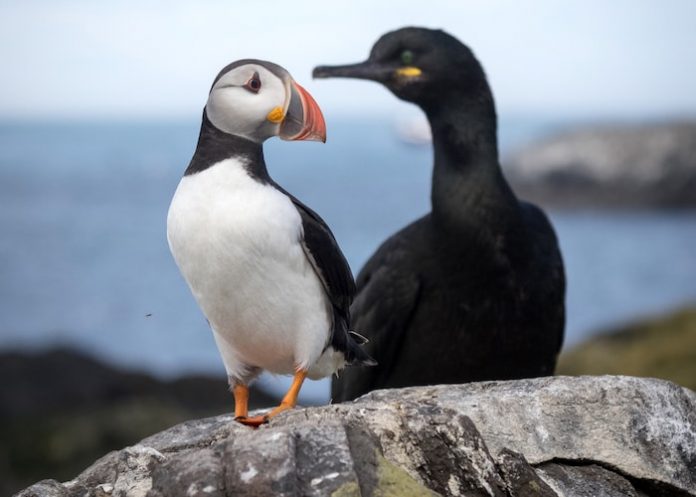If you’ve watched David Attenborough’s fantastic Wild Isles series, you’ll be amazed by footage of white-tailed eagles and capercaillie filmed in their natural habitats. Beautiful though these birds are, they’re also among the UK’s most endangered avian species.
Here we take a closer look at seven UK birds which are on the extinction ‘red list’ and showcase the individuals and organisations who are doing everything they can to safeguard the futures of our scarcest birds.
What is the red list?
According to the RSPB, there are a number of birds that are in critical decline and, if nothing changes, will die out in the UK. In the most recent report, published in 2021, 70 birds made the ‘UK birds of conservation concern red list‘ with nine at risk of global extinction.
The report makes for sober reading. The number of birds moving from the safe ‘green’ list, to the at-risk ‘amber’ list, and onto the critical ‘red list’ is growing all the time. But there is some cause for optimism. Since the previous report, several species’ fortunes have improved, demonstrating that we can make a difference.
1. Capercaillie
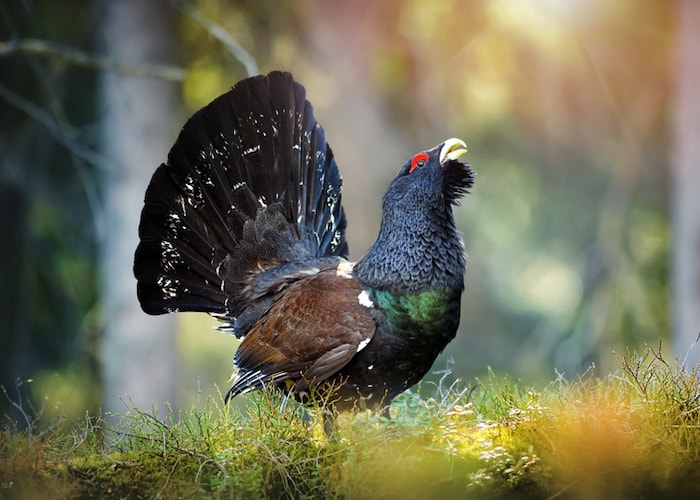
Image: Shutterstock
Brought to the nation’s attention by David Attenborough on the BBC’s Wild Isles series, the capercaillie is a turkey-sized member of the grouse family. Males sport impressive, mainly jet-black plumage with green, brown and white flashes, plus red eye patches and fan-like tail feathers. As largely ground-dwelling birds, the females are well camouflaged to blend in with the undergrowth.
Having died out in Scotland once before, the capercaillie was reintroduced in the 1800s but is once more headed for extinction. It’s a shy creature which thrives best when left alone in its natural habitat – the native pine forests of Northern Scotland. Sadly, although capercaillie also live among commercially planted conifers, it’s no substitute for their own natural habitat, which is dwindling. This, combined with increased predation, means that there are currently estimated to be just 542 capercaillie left in the UK, with over 85% of them living in the Cairngorms National Park.
All is not lost, however. The Cairngorms Capercaillie Project, led by the Cairngorms National Park Authority, sees communities across the National Park come together with measures to help secure the bird’s future in the UK. This includes working with land managers and volunteers to improve and increase habitat, reducing disturbance, and protecting capercaillie from predators.
2. Kittiwake
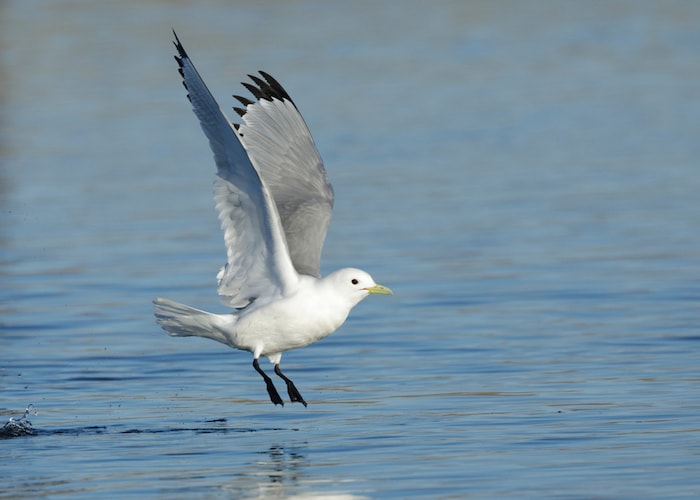
Image: Shutterstock
A common visitor to North Sea coasts, Orkney, Shetland, and north-west Scotland. The kittiwake is a medium-sized gull with dark eyes, a yellow beak, and short black legs. Its wings are tipped with black, which makes them look as though they’ve been dipped in ink.
Unlike many gulls, you won’t find kittiwakes scavenging inland. In fact, this gull spends most of its life on the wing, far out at sea, only returning to nest and breed sometime between February and August.
According to the British Trust for Ornithology (BTO), kittiwake numbers are nose-diving because of rising sea surface temperatures, which affects the distribution of its staple diet of shrimps and sand eels. Foodstocks are also subject to overfishing for food and fertiliser, meaning that the best hope for kittiwakes is more effective fisheries management which makes room for our native wildlife.
If you’d like to do your bit to help seabirds and all UK birds, head over to the BTO website to discover how this organisation is working to “harness the skills and passion of birdwatchers to advance our understanding of ornithology and produce impartial science – communicated clearly for the benefit of birds and people.”
3. Leach’s storm-petrel

Image: Steve Round
An amazing seabird, although Leach’s storm-petrel is no bigger than a songbird, it spends most of its life far out at sea, fishing along the continental shelf and beyond, only returning to shore to breed. A black and grey bird with a characteristic wedge-shaped head and white stripes on the undersides of its wings, its incredible sense of smell helps it to detect food from afar.
Most of the UK population migrates to the tropics during the winter, leaving in the autumn and returning in spring. Feeding mainly on small fish, crustaceans and plankton, it’s renowned for skipping across the sea’s surface, its webbed feet pattering quickly to stop it from sinking as it scoops food up in its beak.
The decline of Leach’s storm-petrel is linked to the failing health of our oceans. To help secure its future and that of all sea creatures, the Northumberland Wildlife Trust suggests “supporting your local Wildlife Trust, reducing your plastic use and adding your voice to our campaign for Living Seas.”
Learn more about the best places to see Leach’s storm-petrel over at BirdGuides.
4. Puffin
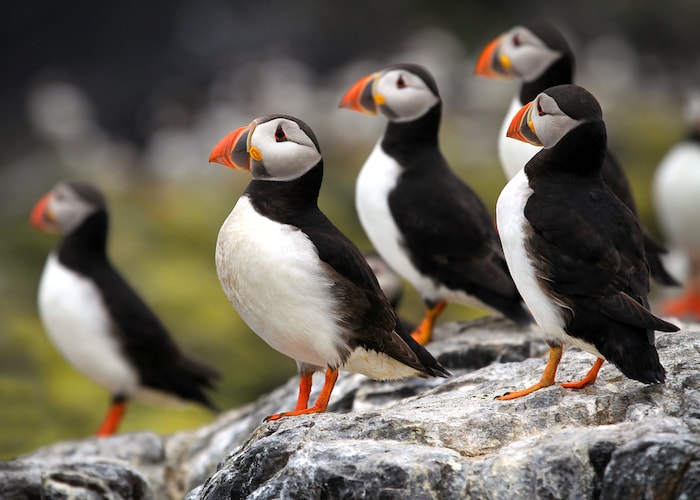
Image: Shutterstock
One of the nation’s favourite seabirds, the puffin is much loved for its stumpy orange legs, webbed feet, short wings, white breast, and colourful bill, which combined give it a comical, almost clownish appearance. This, added to its constant chatter, makes the puffin one of our most endearing birds. Sadly though, its numbers are in sharp decline.
Like many of our seabirds, puffins depend on the availability of sand eels and small fish for food. As stocks have declined due to climate change and overfishing, puffins have paid the price. Other factors which make puffins vulnerable include their concentration in a small number of breeding sites in the UK, slow reproduction rate, and susceptibility to pollution incidents.
The RSPB say that the best way to help protect puffins is “…if we can deal with things like overfishing, pollution, or invasive species, which we do have solutions for, populations will be more resilient in the long run. For example, if puffins are changing where they locate their food, we need to be able to protect these areas from development and fishing activities.”
5. House martin
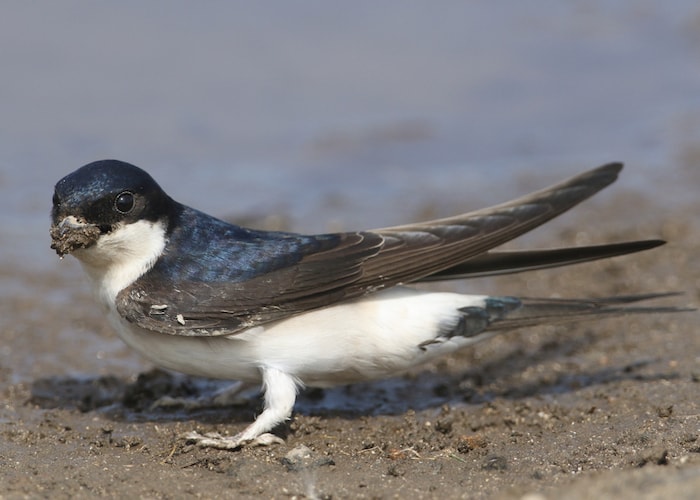
Image: Shutterstock
A distinctive blue-black bird with a forked tail and white rump, house martins spend much of their time on the wing, migrating from Africa to spend their summers in the UK. According to The Devon House Martin Project, their nests comprise 1000 lumps of clay and weigh up to 500g.
Because house martins often build their nests under the eaves of people’s homes, the fate of this bird is intimately entwined with the actions of its hosts. Numbers are down largely because of climate change, habitat loss, and new-build houses, which, with plastic soffits, deter nesting. Widespread pesticide use has also drastically reduced their food source – flying insects which they will only catch on the wing.
Organisations like the Devon House Martin project are working hard to learn about and protect this lovely bird and locals are encouraged to report sightings and nests. Creating a muddy puddle in your garden helps to give house martins access to the clay they need to build their nests – especially in dry weather.
6. Swift
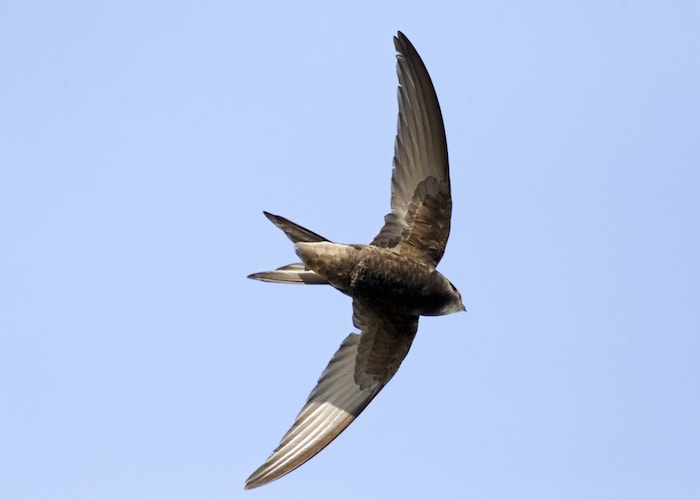
Image: Shutterstock
Swifts are mainly sooty grey with a white throat and a short, forked tail. One of the most impressive fliers of all, their top speed of 69mph in level flight is the fastest of all birds, but even more impressive is the annual double migration from Africa to the UK and back again.
These lovely birds mate for life and like to return to the same nest site. Nesting in churches and houses used to mean swifts were a common sight in the South of England during the summer. Sadly, modern trends in house building and renovation have seen them suffer the same nesting site problems as house martins. Extreme weather events disrupt migration, and a lack of insects to eat presents food shortages.
You can help protect swifts by planting your garden with pollinator-friendly plants and by digging a pond to attract even more flying insects. The RSPB also suggests “installing a swift brick in a wall, or putting up a nest box, [to] give a swift a place to rest and raise a family.” Learn how and where to put up a nest box here.
7: White tailed eagle
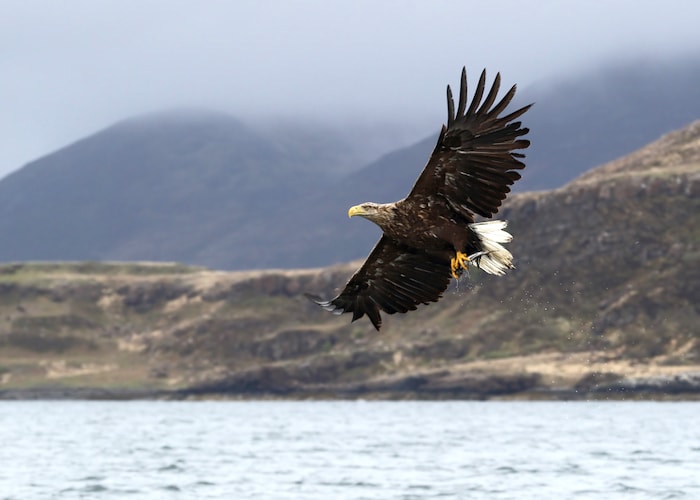
Image: Shutterstock
Another one of the birds featured in David Attenborough’s Wild Isles series, the white-tailed eagle is our biggest bird of prey and has an impressive wingspan of up to 2.5m. Also called the sea eagle, it has broad wings and a short, white, wedge-shaped tail. According to the Roy Dennis Wildlife Foundation which works hard to safeguard the future of white-tailed eagles in Scotland and further afield, the best places to spot a sea eagle in the UK are Mull, Skye and parts of the northwest Highlands.
Once persecuted to extinction in the UK, the sea eagle was successfully reintroduced to Scotland in 1975. Today, these tremendous birds are increasing in numbers with additional reintroduction programmes in the Isle of Wight where the Wildheart Animal Sanctuary forms part of the steering group. Four years after this project launched, catch up with Forestry England’s project officer on the Isle of Wight as he shares an update on some of the sea eagle’s most interesting behaviours.
A conservation success story, the latest RSPB report saw the white-tailed eagle move from the red to the amber list. But the fight doesn’t end there. Organisations like Eagle Reintroduction Wales are also busy gathering scientific data to make a case for introducing eryr y mor (sea eagles) to other suitable parts of the UK.
‘Wild Isles‘ is yet another wonderful series from one of our most revered national treasures. But though they make for wonderful viewing, what all our wild bird populations, and especially those at risk, need most, is urgent action.
Whether it’s by feeding the birds in your back garden, supporting one of our many wildlife charities, or simply sharing stories to raise awareness, there’s so much we can do to help. Here at Happy Beaks, we know all our customers are as committed as we are to doing our best for our birds. Together we can make a difference.
Lead image: Shutterstock

